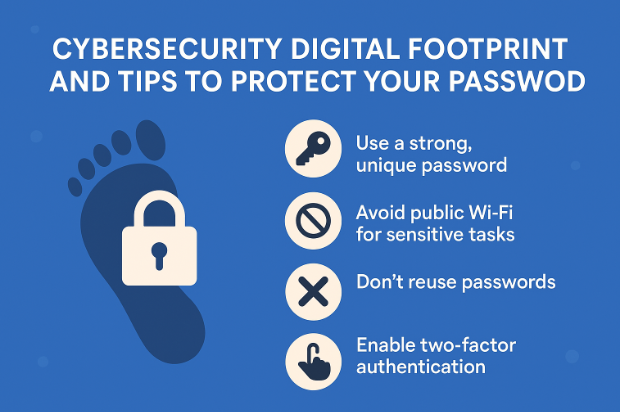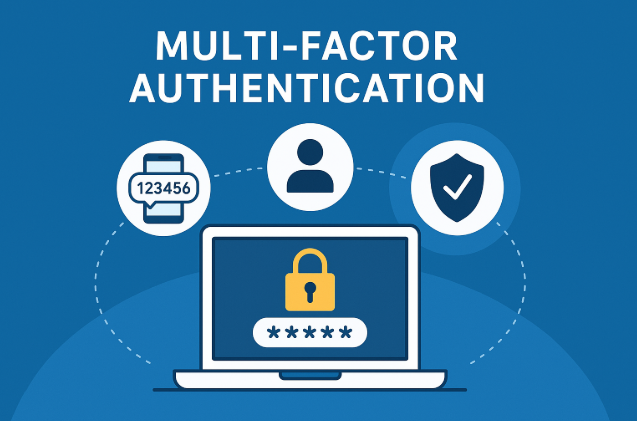A secure cloud storage system is a service that allows users to store their data online while ensuring it remains protected from unauthorized access, breaches, and loss. In today’s digital world, data is one of the most valuable assets for individuals and organizations alike. Whether it’s personal photos, financial records, or critical business documents, keeping data safe from loss, theft, or unauthorized access is more important than ever. This is where secure cloud storage plays a vital role.
What Is Secure Cloud Storage?
Secure cloud storage refers to online storage services that not only save data on remote servers (commonly referred to as “the cloud”) but also incorporate robust security measures to protect that data. It allows users to store, manage, and retrieve files over the internet while ensuring confidentiality, integrity, and availability.
Key Components And Features
Below are the key components and features of such a system:
1. Encryption:
Encryption is the backbone of secure cloud storage. It transforms data into a coded format that can only be accessed with a decryption key. Most cloud providers offer:
- Data-at-Rest Encryption: Ensures that stored data is encrypted, making it inaccessible to unauthorized users, safeguarding against breaches if attackers gain access to the storage infrastructure.
- Data-in-Transit Encryption: Protects data while it is being transferred between the user and the cloud service provider, preventing interception during the process.
- End-to-End Encryption (E2EE): Guarantees that only the user has the decryption key, ensuring the cloud provider cannot access the data.
2. Authentication and Access Control:
- Multi-Factor Authentication (MFA): Requires users to authenticate using two or more methods (e.g., password + SMS or app code) before accessing the cloud storage system.
- Role-Based Access Control (RBAC): Defines specific roles and permissions, ensuring users can only access the data they need.
- Zero Trust Architecture: Assumes that both internal and external threats are possible, thus verifying every request as though it originates from an untrusted source.
3. Data Redundancy and Backup:
Secure cloud storage platforms ensure your data is replicated across multiple servers and locations. This guards against data loss due to hardware failure or disasters. E.g
- Geographic Redundancy: Stores data copies in multiple locations to protect against loss due to local disasters, such as server failure or natural events.
- Automated Backups: Ensures regular backups, allowing data recovery in the event of loss.
4. Data Integrity:
- Hashing Algorithms: Uses cryptographic hashes to ensure that data hasn’t been altered during storage or transfer.
- Audit Logs: Tracks user activities and changes to files, providing a record for forensic investigations.
5. Data Recovery and Deletion:
- Data Recovery: Allows users to recover data from backups or previous versions in case of accidental deletion or corruption.
- Secure Data Deletion: Ensures that deleted data is securely wiped, preventing unauthorized recovery.
6. Compliance with Regulations:
- GDPR, HIPAA, SOC 2, etc.: Ensures compliance with industry regulations and standards, safeguarding personal or sensitive data.
- Data Sovereignty: Ensures data is stored and processed in jurisdictions that comply with data protection laws.
7. User-Friendly Interface and Integration:
- Seamless File Synchronization: Enables users to access files from various devices, ensuring the latest version is always available.
- Third-Party Integration: Supports integration with other tools like Google Workspace or Microsoft Office to streamline workflows.
8. Threat Detection and Monitoring:
- Intrusion Detection Systems (IDS): Monitors for suspicious activities or unauthorized access, helping to detect potential security breaches.
- AI-based Security: Utilizes machine learning to identify unusual usage patterns or threats to data integrity.
9. User Education and Support:
- Security Training: Educates users on securely storing and accessing data, preventing common security mistakes like weak passwords.
- 24/7 Support: Provides round-the-clock assistance for addressing security concerns or issues.
Top Secure Cloud Storage Providers (2025)
Here are some of the most trusted providers of secure cloud storage. Examples of Secure Cloud Storage Providers:
- Tresorit: Known for its end-to-end encryption and zero-knowledge policy.
- Sync: Provides encrypted cloud storage with end-to-end encryption.
- Google Drive, OneDrive, Dropbox: Popular services that integrate encryption and multi-layered security features (though not always end-to-end encryption by default).
- pCloud: Client-side encryption with pCloud Crypto.
- iDrive: Continuous backup, 256-bit AES encryption.
Benefits of Secure Cloud Storage
-
Accessibility: Access your data from anywhere, anytime, using any internet-connected device.
-
Scalability: Easily increase or decrease storage capacity based on your needs.
-
Cost-effectiveness: Save on the cost of physical storage infrastructure.
-
Disaster recovery: In case of a local failure, data remains safe in the cloud.
-
Collaboration: Multiple users can access and work on files in real time.
Tips for Maximizing Cloud Storage Security
-
Use strong, unique passwords for each service.
-
Regularly update your software and apps.
-
Be cautious with public Wi-Fi when accessing cloud files.
-
Enable MFA wherever possible.
-
Review sharing permissions and audit file access history.
Conclusion
Secure cloud storage is no longer a luxury—it’s a necessity in today’s data-driven landscape. By choosing a reputable provider and implementing best practices, individuals and businesses can confidently store their data while protecting it from cyber threats, accidental loss, and unauthorized access.
As technology continues to evolve, so will the security features of cloud storage platforms, ensuring peace of mind in an increasingly digital world.





